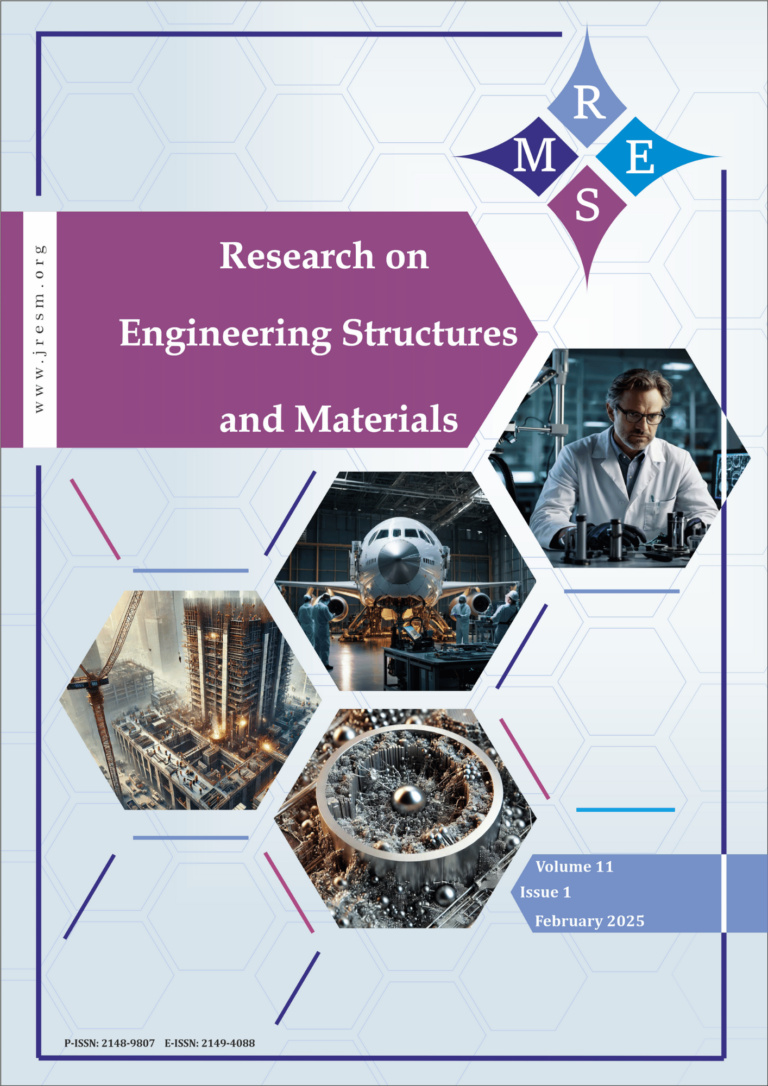In this study, The study investigates the production of sustainable geopolymer concrete using industrial wastes such as Ground Granulated Blast Furnace Slag and ultra fine Rice Husk Ash (URA). The effect of partial substitution of GGBS with URA in proportions such as 0, 5, 10, 15 and 20 percent is investigated for workability, drying shrinkage, compressive and tensile strength over different ages of concrete ranging from 7 to 90 days. A micro structural investigation through Scanning Electron Microscope and X-Ray Diffraction Analysis is carried out to analyze the micro structure of matrix. Further a sustainability analysis is conducted over the geopolymer specimens through the parameters such as cost efficiency, energy efficiency and CO2 efficiency. Results from the tests indicate a significant enhancement in workability, compressive and tensile strength and decrease in the drying shrinkage values with 15 percent utilization of URA in GPC. Micro structural study also exhibited a compact and dense microstructure of the specimen. Results clearly portray the coexistence of both calcium based product and sodium based product. Sustainability analysis indicates increased cost efficiency and Eco efficiency and reduction in the energy consumption with the utilization of 15 percent of URA. The study also reported the possibility of reduction of carbon footprint by increasing the dependency over Geopolymer concrete. The findings of the study unleash hefty potential towards utilizing grounded RHA in alkali activated concrete.
